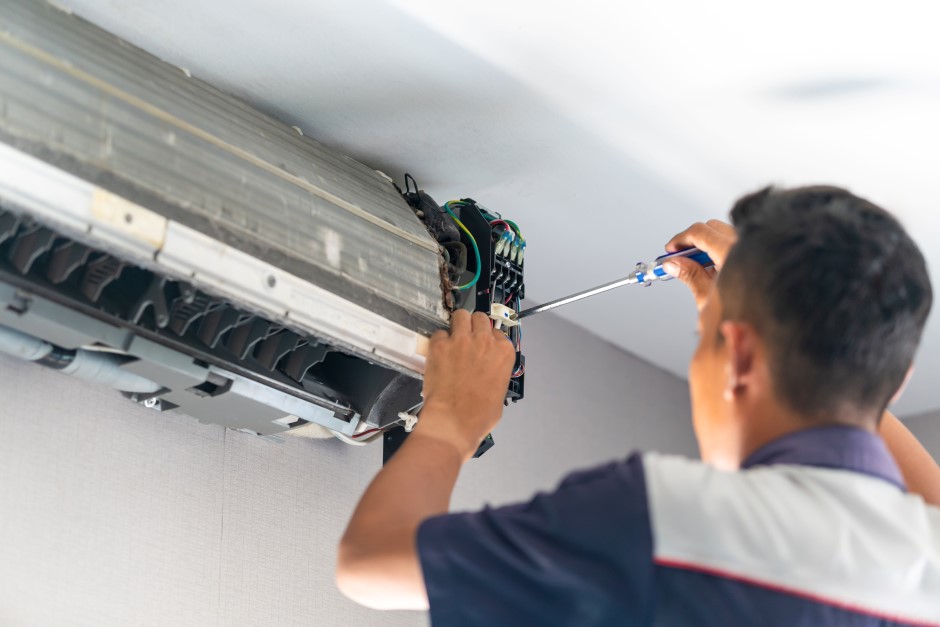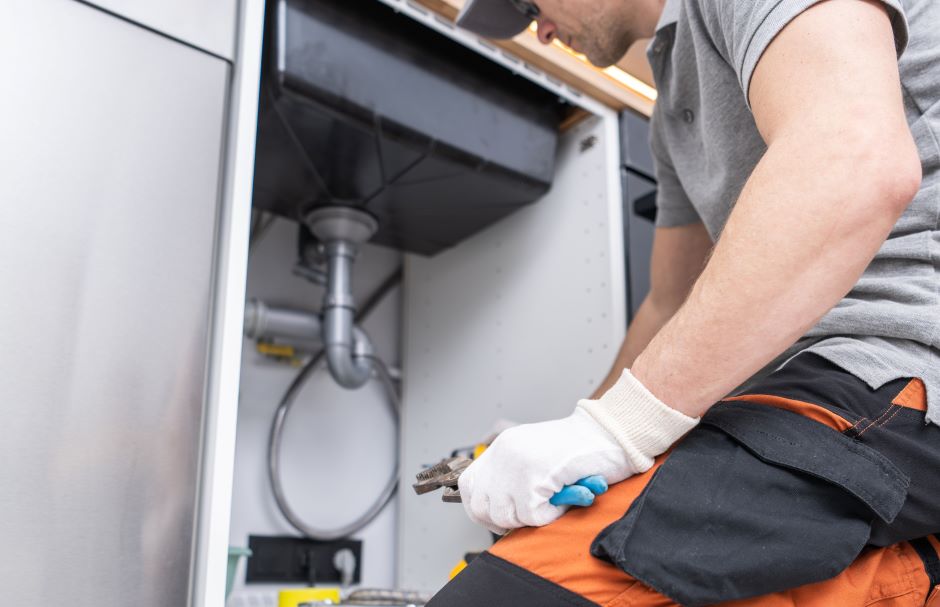There are many things that want to damage your roof, and most of them are natural causes. Whether the weather is wearing away at your roof via snow, sleet, hail, or even just natural sunlight over the years, there are several tricks and tips you can follow to ensure the longevity of your roof. To get the most out of the roof over your head, just follow this guide.
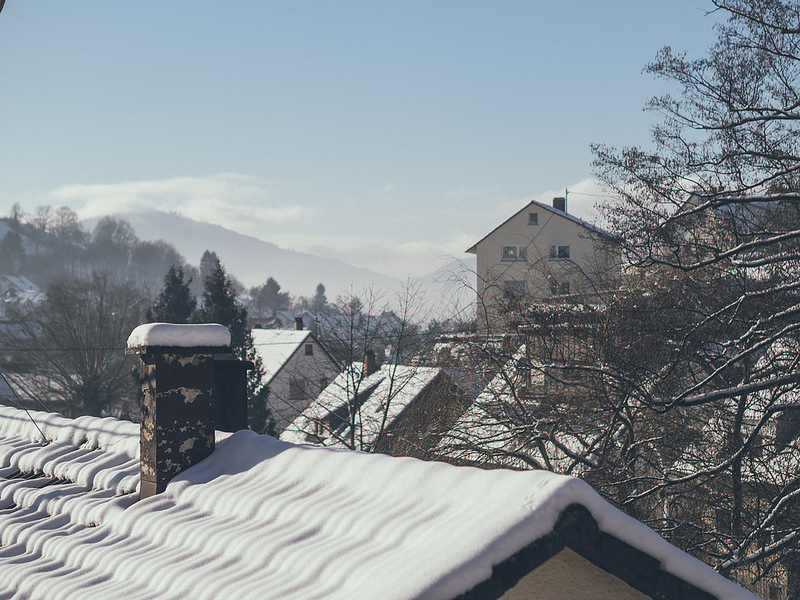 1. Before the winter seasons dump a lot of snow on your home, be sure to check on all the shingles of your roof. If there are any damaged, misaligned, or withered units in the mix be sure to patch them up. If need be you can even hire a professional roofing contractor to fix or patch your roofing, especially for those afraid of heights.
1. Before the winter seasons dump a lot of snow on your home, be sure to check on all the shingles of your roof. If there are any damaged, misaligned, or withered units in the mix be sure to patch them up. If need be you can even hire a professional roofing contractor to fix or patch your roofing, especially for those afraid of heights.
2. It’s especially important to keep your gutter cleared before the winter hits. Most experts recommend a cleaning twice a year, once before winter and once in the spring as a bare minimum. Buildup and clutter in your gutters can seriously impact your roof’s durability. Combined with the fact that most gutters expand and contract in heat and cold, this can cause major stress of your roofing.
3. After your gutters are cleared, be sure that all your downspouts are in good condition and facing away from your house. This will be especially helpful in heavy rains so as to prevent flooding. Also it can really help to have the bottoms of your downspouts extended to give your basement even more of a fighting chance against water damage from backed up melting snow.
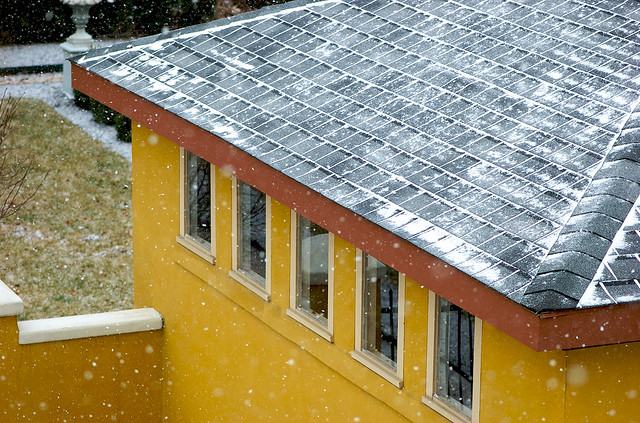 4. Always be on the lookout for buildups of mold, mildew, fungus, or algae around your roofing. This is largely the case for unkept gutters or just blocked gutters. And despite the name, Gutter Guards can actually contribute to this problem. They’ve been known to trap dampness and humidity in themselves, which by itself could hard the wood in your roof, nevermind the fact that it attracts the molds and invasive species of insects. So spare yourself the sorrow and skip on the guards.
4. Always be on the lookout for buildups of mold, mildew, fungus, or algae around your roofing. This is largely the case for unkept gutters or just blocked gutters. And despite the name, Gutter Guards can actually contribute to this problem. They’ve been known to trap dampness and humidity in themselves, which by itself could hard the wood in your roof, nevermind the fact that it attracts the molds and invasive species of insects. So spare yourself the sorrow and skip on the guards.
5. Use a patching kit to repair any damaged pieces or holes in the roof. They are relatively inexpensive and can save you money in the long run.
6. Examine all flashing and be sure that it’s solid and uniform. If this is not the case, use caulking to repair the damage or have it re flashed. Be sure to first remove all the old caulking with a putty knife before installing the new material.
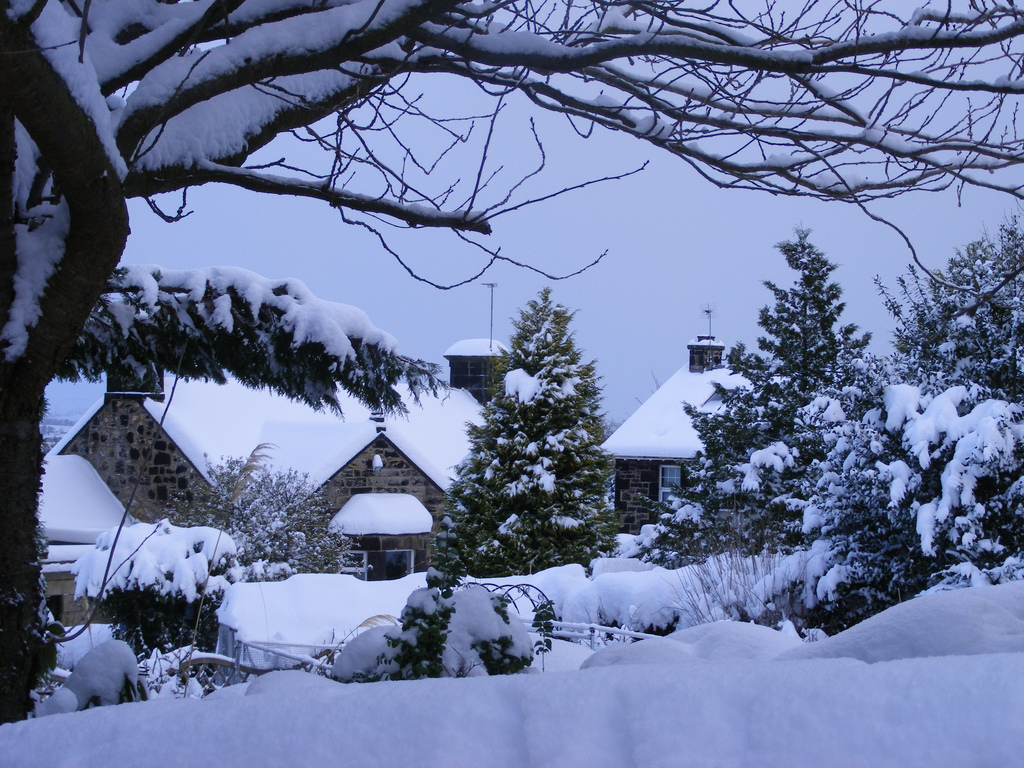 7. Wrap any piping that leads up to or along your attic. The threat of a pipe bursting can really damage the integrity of your roof. And as always, check the basement for frozen piping as well.
7. Wrap any piping that leads up to or along your attic. The threat of a pipe bursting can really damage the integrity of your roof. And as always, check the basement for frozen piping as well.
8. All debris, sticks, leaves, junk, acorns, and branches should be cleared off the top of your home before the snowfall occurs. Make sure your roof is cleaned off before snow traps everything underneath.
9. Although it sounds odd, keeping your attic only a few degrees warmer than the outside temperature can actually prevent it from ice damming damage. Unfortunately the heat from your attic can escape to your roof and cause the snow to melt a little bit. Than it will refreeze, and then melt a little again. This process is known as ice damming and could have negative consequences for your roof.



